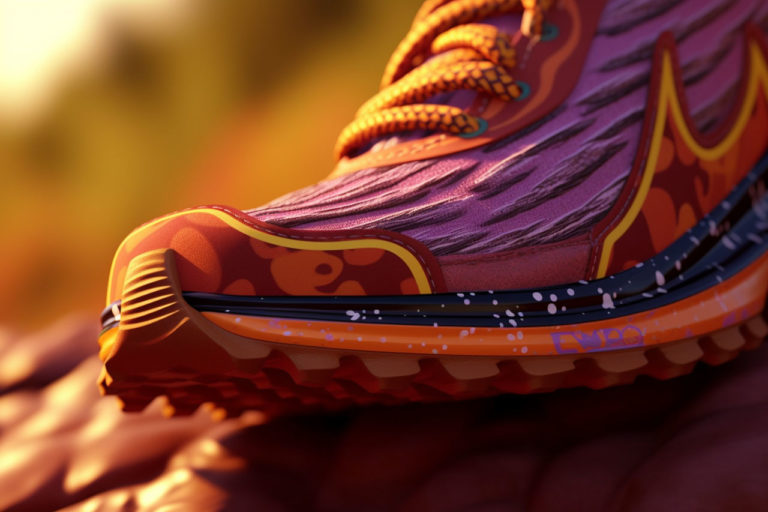A good pair of running shoes is essential for any runner, whether you’re a beginner or a seasoned pro. But what makes a shoe “good” for running? In this article, we’ll take a closer look at the anatomy of a perfect running shoe, from the outsole to the upper, to help you understand what to look for when choosing a shoe that’s right for you.
Outsole
The outsole is the bottom of the shoe that comes into contact with the ground. A good running shoe should have an outsole that is durable and provides good traction, especially in wet or slippery conditions. Some key features to look for in a good outsole include:
- Rubber compound: The rubber used in the outsole should be durable and able to withstand the wear and tear of running.
- Tread pattern: The tread pattern should be designed to provide good traction on a variety of surfaces, including pavement, trails, and tracks.
- Flex grooves: Flex grooves in the outsole can help improve flexibility and allow for a more natural stride.
Midsole
The midsole is the layer of cushioning between the outsole and the upper of the shoe. A good midsole should provide ample cushioning and support to help absorb shock and reduce the risk of injury. Some important features to look for in a good midsole include:
- Foam density: The density of the foam used in the midsole can affect the level of cushioning and support provided by the shoe.
- Drop: The “drop” refers to the height difference between the heel and the forefoot of the shoe. A lower drop can help promote a more natural stride and reduce stress on the joints.
- Arch support: The midsole should provide adequate arch support for your foot type and running style.
Upper
The upper is the part of the shoe that covers the top of your foot. A good upper should be breathable, flexible, and secure, to help keep your foot comfortable and stable during your runs. Some important features to look for in a good upper include:
- Breathability: Look for an upper made from breathable materials that will allow air to circulate around your foot, helping to keep it cool and dry.
- Flexibility: The upper should be flexible enough to allow your foot to move naturally, without rubbing or chafing.
- Lacing system: A good lacing system should allow you to adjust the fit of the shoe to your foot, helping to prevent slipping and blisters.
Heel Counter
The heel counter is the part of the shoe that wraps around the heel of your foot. A good heel counter should be firm and provide good support and stability to help prevent your foot from slipping inside the shoe. Some important features to look for in a good heel counter include:
- Firmness: The heel counter should be firm enough to provide support and stability, without being too rigid or uncomfortable.
- Padding: Some shoes may have extra padding in the heel area for added comfort and support.
- Shape: The shape of the heel counter should be designed to fit your foot comfortably and securely.
Conclusion
Choosing the right running shoe is essential for anyone who wants to enjoy running safely and comfortably. By understanding the anatomy of a perfect running shoe, from the outsole to the heel counter, you’ll be able to make an informed decision when choosing your next pair of running shoes. Don’t be afraid to try on several pairs and take them for a test run to see how they feel. And remember, investing in a good pair of running shoes is an investment in your health and well-being.
